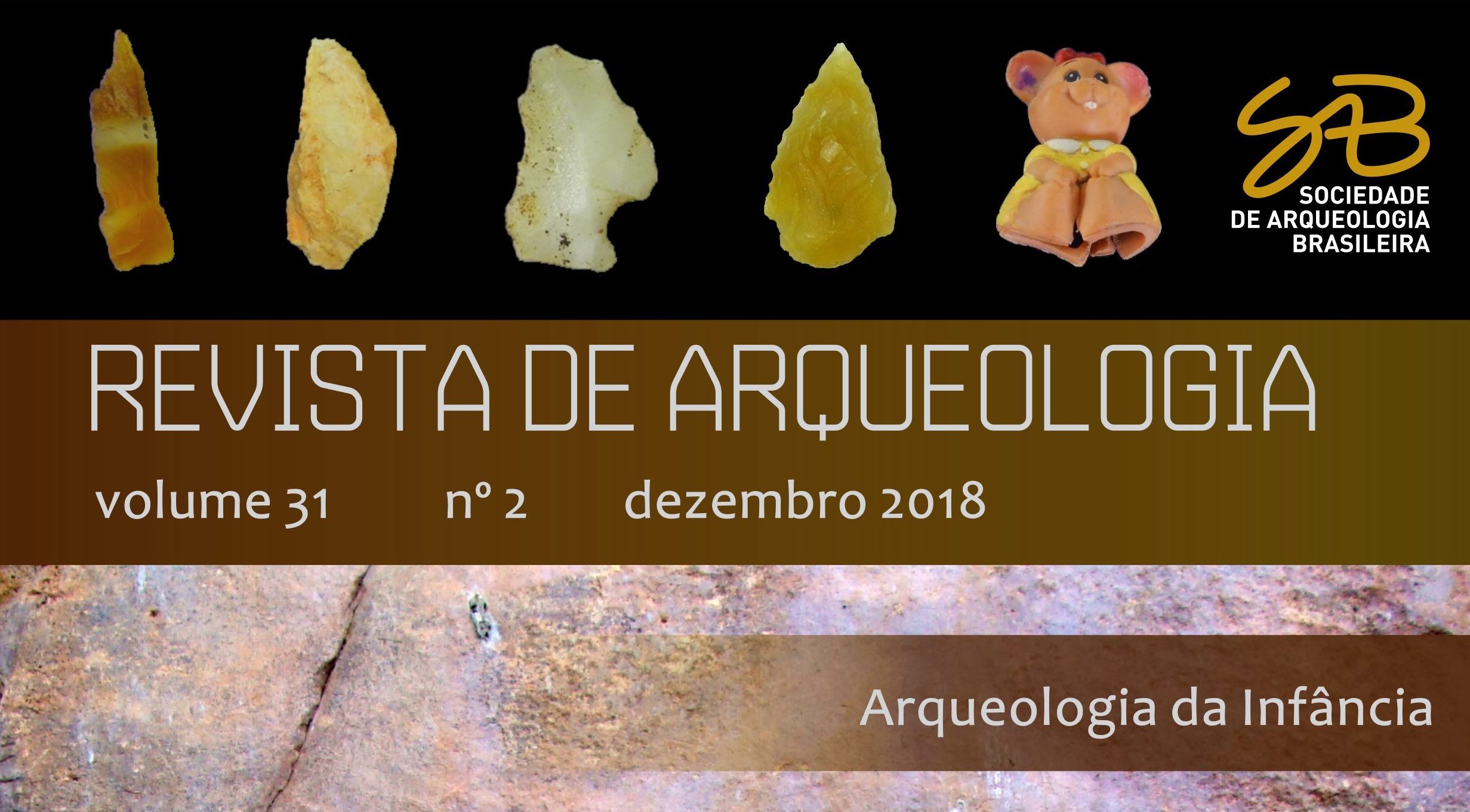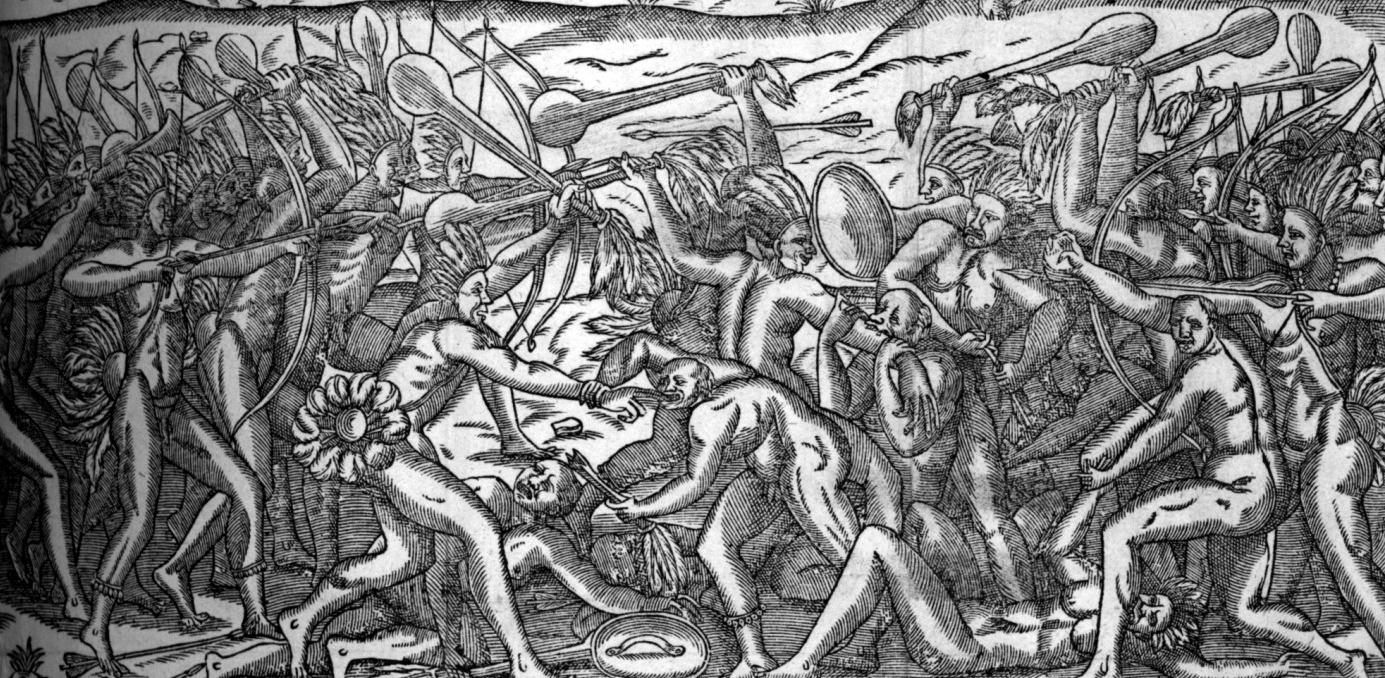I am organizing a symposium on fire-cracked rock research at the Annual Meeting of the Society for American Archaeology (SAA). The meeting will take place in Portland, Oregon, from March 29-April 2, 2023. The session includes 13 presentations and 29 authors/coauthors with expertise on FCR and who are conducting research across time and space.
Fire-Cracked Rock: Research in Cooking and Noncooking Contexts
Session Chair: Fernanda Neubauer
Session Abstract: Although fire-cracked rock (FCR) is found in significant quantities at sites worldwide, this analytical artifact type remains understudied in archaeological research. FCR is the byproduct of the use of rocks for heat storage or transference. Accordingly, FCR is frequently recovered in association with features that represent the physical remains of past cooking or heating facilities. For example, FCR was commonly used in domestic facilities to cook food (e.g., stone boiling, earth oven), and in noncooking facilities, such as to provide heat in shelters (e.g., sweat lodge) and to melt snow for drinking water. This symposium brings together scholars employing various approaches to study and interpret FCR across different regions and time periods. The papers highlight the important contributions emerging from a variety of perspectives and methods (e.g., ethnographic, experimental) being applied to investigate FCR created by natural (e.g., wildfires) and cultural processes, as well as to better contextualize its role in past feature formation, midden accumulation, and domestic life.
Session Papers
Fernanda Neubauer – The Research Potential of Fire-Cracked Rock in Cooking and Noncooking Contexts
João Cascalheira, Joana Belmiro, Lino André, Roxane Matias, and Célia Gonçalves – Fire-cracked rock in the Mesolithic shell midden of Cabeço da Amoreira (Muge, Central Portugal)
Kate Shantry – White Hot Polymorphs of Quartz Minerals in Archaeological and Experimental Heating Contexts
Fabiola Sanchez – Fire Cracked Rock: domestic life and subsistence practice, a case study in Coast Salish territory
Randall Schalk – Experimental Approaches to Understanding Variability in Fire-Modified Rock Fracture Patterns
Richard Stark, Alondra Flores, and Fernando Gonzalez – Zapotitlan Earth Ovens and their Middens: Ethnoarchaeology in Colima, Mexico
Lara Homsey-Messer, Kristina Gaugler, and Kevin Gubbels – An Experimental and Ethnographic Approach to the Analysis of Fire Cracked Rock at Three Monongahela Sites in Southwestern PA: the Case for a Middle Monongahela Stone Boiling Technology
Russell Cutts – Broken and Crazed: Quantifying FCR Beyond the Descriptive
Victoria Ingalls and Rachel Feit – Preliminary Data and Experimental Studies of Fire-Cracked Rock from two Archaic period sites in North-Central Texas
Shelby A. Jones, Eric Blinman, Jon C. Lohse, and J. Royce Cox – Archaeomagnetic directional studies as a tool for understanding feature form and function: A case study of two burned rock features in a multi-component site in east Texas, USA
Stance Hurst, Doug Cunningham, Eileen Johnson, Glenn Fernández-Céspedes, and Markus Crawford – A Look at the Impact of Natural Grassland Fires on the Archaeological Record along the Eastern Escarpment of the Southern High Plains of Texas
Anastasia Steffen – Obsidian Fracture Resulting from Forest Fire Exposure
Laura Short – Session Discussant



